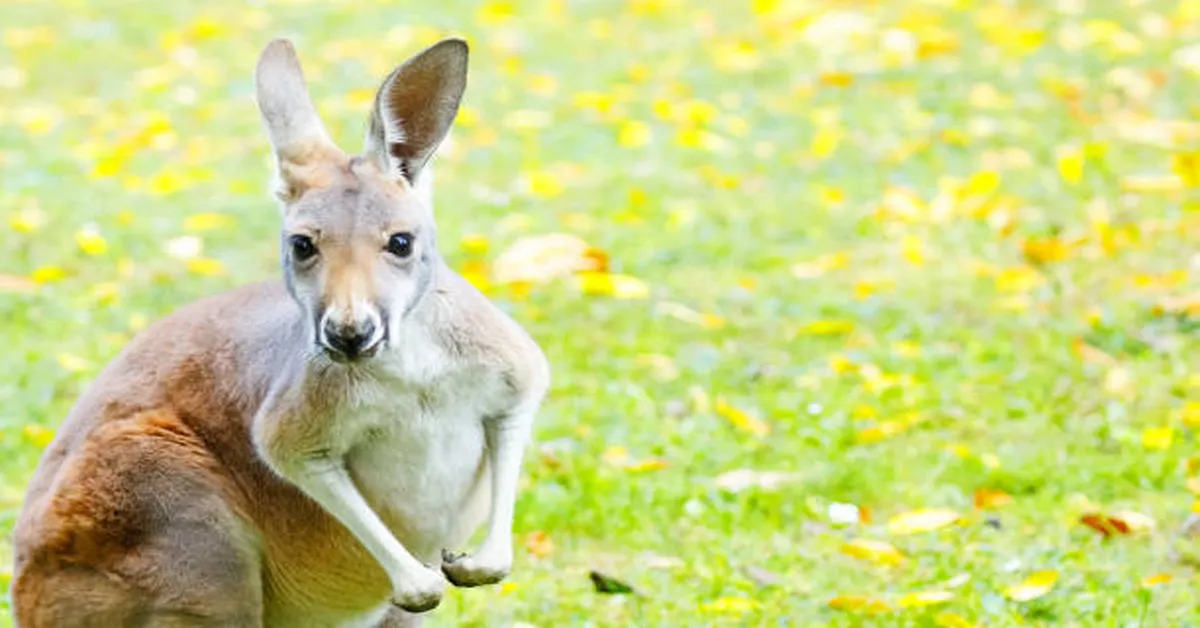If you’ve ever pictured the wild heart of Australia, chances are a kang a roo has bounded into your imagination. These powerful, spring-loaded marsupials aren’t just national symbols—they are complex creatures shaped by the harsh beauty of the Australian landscape. In the next 3,000 words, we’ll explore everything from their anatomy and behavior to their role in ecosystems and the challenges they face in a rapidly changing climate. This is more than a tourist’s snapshot; it’s a deep dive into the life of an animal that is as emblematic as it is misunderstood.
Origins and Evolutionary Story
Kangaroos belong to the family Macropodidae, meaning “big foot,” a fitting name for creatures designed to leap extraordinary distances. Their evolutionary lineage dates back at least 15 million years, originating from small forest-dwelling ancestors. Over time, as Australia’s climate dried and grasslands expanded, these animals adapted to open habitats, developing the signature hopping gait powered by elongated hind limbs.
Unlike most large mammals, kangaroos evolved in isolation, free from competition with hoofed grazers found on other continents. This unique evolutionary path has made them ecological specialists in Australia’s variable climates.
Types of Kangaroos
There are four main species of large kangaroos:
| Species Name | Common Name | Size Range (Height) | Distinguishing Features |
|---|---|---|---|
| Macropus giganteus | Eastern Grey | 1.5–2 m | Grey-brown fur, populous in eastern Australia |
| Macropus fuliginosus | Western Grey | 1.3–1.8 m | Coarser fur, darker muzzle |
| Macropus rufus | Red Kangaroo | 1.4–2 m | Largest species, males with red-tan coats |
| Osphranter antilopinus | Antilopine | 1.2–1.6 m | Tropical north dweller, slimmer build |
Each species occupies distinct habitats—from arid plains to tropical savannas—yet all share the kangaroo’s hallmark traits: muscular tails, powerful legs, and a reproductive system tailored for unpredictable environments.
Anatomy of Motion
The kangaroo’s movement is an engineering marvel. Using saltatory locomotion (hopping), they conserve energy over long distances. Their tendons act like springs, storing and releasing energy with each jump. At cruising speeds, hopping is more efficient than running for an animal of their size.
The muscular tail serves as a counterbalance in motion and as a “fifth limb” when moving slowly, supporting their weight during grazing. This combination of power and balance has no equivalent in other large land mammals.
Reproduction and the Pouch Life
Kangaroos are marsupials, meaning their young—called joeys—are born at a highly underdeveloped stage. After birth, the joey climbs unassisted into the mother’s pouch, where it latches to a teat and continues developing for months.
One of the most fascinating reproductive strategies is embryonic diapause—the ability to pause the development of an embryo until environmental conditions improve. This ensures that mothers can raise young even in unpredictable climates.
Social Structure and Communication
Kangaroos often gather in loose groups called mobs, which provide some safety from predators through collective vigilance. Social interactions are complex, involving grooming, vocalizations, and ritualized combat among males during mating seasons.
Communication is not limited to sound; foot-thumping on the ground warns of danger, while ear positioning and subtle body movements convey social cues within the group.
Diet and Ecological Role
Kangaroos are strict herbivores, feeding primarily on grasses and shrubs. They play an essential role as grazers, shaping vegetation patterns and promoting plant diversity. Their specialized digestive systems allow them to extract maximum nutrition from low-quality forage while producing relatively little methane compared to ruminants.
Kangaroos and Climate Adaptation
These animals are superbly adapted to Australia’s boom-and-bust climate cycles. They can survive long periods with minimal water, relying on moisture from plants and reducing activity during the hottest hours. Their population numbers can fluctuate dramatically depending on rainfall patterns, with boom years followed by declines during drought.
Threats and Conservation
While kang a roos are not generally endangered, they face significant threats:
- Habitat loss from agricultural expansion
- Vehicle collisions in rural areas
- Drought and climate change impacts on food availability
- Culling and hunting for meat and leather
Management of kangaroo populations is controversial—balancing conservation with agricultural concerns and animal welfare debates.
Kang a roos in Culture and Economy
Kang a roos are national icons, featured on the Australian coat of arms and currency. They are a cornerstone of tourism marketing and hold cultural significance for Indigenous Australians, appearing in Dreamtime stories and as traditional food sources.
Economically, kangaroo meat is marketed domestically and internationally as a lean, sustainable protein source, though this industry remains polarizing.
Science and Research Frontiers
Recent research into kangaroo locomotion has inspired robotics engineers aiming to replicate their energy efficiency in machine design. Studies into their unique gut microbiomes may also offer insights into reducing methane emissions in livestock.
Wildlife ecologists are increasingly using GPS tracking to understand movement patterns, shedding light on how kang a roos respond to environmental pressures.
Myths and Misconceptions
Many outsiders view kang a roos as perpetually boxing or aggressive, but such behaviors are primarily limited to male competition. While they can defend themselves powerfully if threatened, most kang a roos avoid confrontation.
Another myth is that they are universally overpopulated; in reality, populations fluctuate greatly, and some local declines are masked by broader averages.
Responsible Wildlife Encounters
For those visiting kangaroo habitats, observing from a respectful distance is vital. Feeding wild kangaroos can lead to dependency and aggression. Road safety is also key—dusk and dawn are peak activity times, and collisions can be dangerous for both animals and drivers.
The Future of Kangaroos in a Changing World
Kangaroos have survived millions of years of climatic upheaval, yet modern challenges—particularly climate change—pose new tests. As arid zones expand and weather patterns shift, the adaptability that has defined them will be more crucial than ever.
Conservation strategies must balance ecological health with human needs, ensuring that kangaroos remain a vital part of Australia’s identity and biodiversity.
ALSO READ: Football Club Menu: An In-Depth Look at How Football Dining is Evolving
FAQs
1. How far can a kangaroo jump?
A large red kangaroo can leap over 9 meters in a single bound under optimal conditions.
2. Are kangaroos dangerous to humans?
Generally, kangaroos avoid humans. Aggression is rare but can occur if they feel cornered or are habituated to being fed.
3. How long do kangaroos live?
In the wild, kangaroos typically live 6–8 years, though in protected environments they can reach 20 years.
4. Why do kangaroos have pouches?
The pouch allows underdeveloped joeys to continue growing in a safe, mobile environment after birth.
5. Do kangaroos only live in Australia?
While most are native to Australia, some species also inhabit nearby islands like New Guinea.









